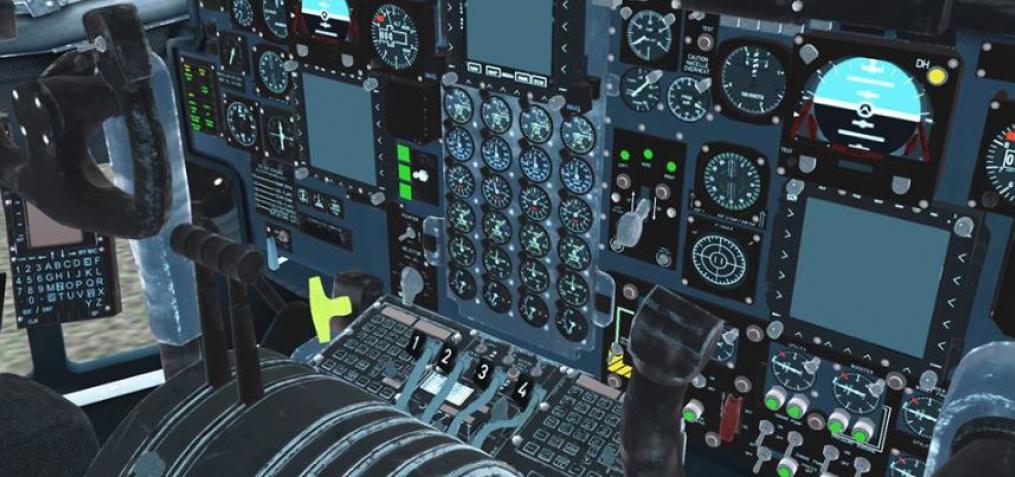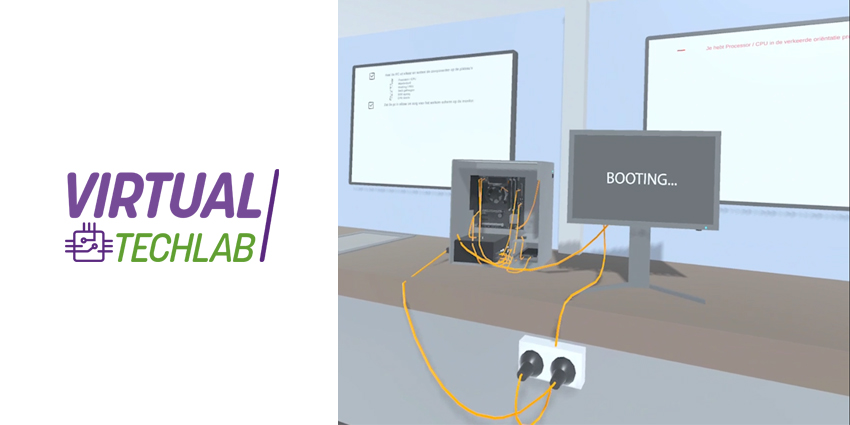The company has been awarded a contract worth $500,000.
Orlando, Florida-based global software firm Bohemia Interactive Simulations – also known as BISim – were recently selected by the Navy to develop new air crew technology that leveraged virtual reality (VR) and augmented reality (AR) to provide more efficient and cost-effective pilot training. To meet this requirement, BISim will be developer both AR head-mounted displays (HMDs) and VR part-task trainers (VR-PTTs).
As reported by National Defense, The aim of the project is to train pilots to fly the service’s fleet of McDonnell Douglas T-45 trainer aircraft. The contract is worth $500,000 (USD) and will see a large investment in immersive technology to complete the training requirement. In order to ensure the training is as realistic as possible, BISim will be developing the software to account for physical actions and take full advantage of the AR technology. This will ensure that every action that trainee performs will have a reaction offering more believability to the program.
“When you reach out in the proper way and your fingers get to the proper positions to where they should be to touch these virtual surfaces, we make them change color and we play an audible click,” Said John Burwell, vice president of business development at BISim: “It kind of fools your head into thinking you’re touching something when you’re not.”
With the VR side of the training, users will be completely immersed within a virtual world that will see them completing detailed training exercises in a safe and controlled environment. The AR training component will of course combine both real-world and virtual elements with both offering unique training opportunities.
Aiding in the development of the VR-PTTs will be SASimulation’s FLEX-air, which will be proving data about aerodynamic properties that will impact and affect the simulation. This data will be a key part of ensuring that the training is able to offer a realistic experience. The VR-PTTs are expected to be completed within a four to six month time frame, with the HMDs to be completed and operational by the first quarter of 2019.
Quelle:
https://vrroom.buzz/vr-news/business/bohemia-develops-vrar-pilot-training-program




